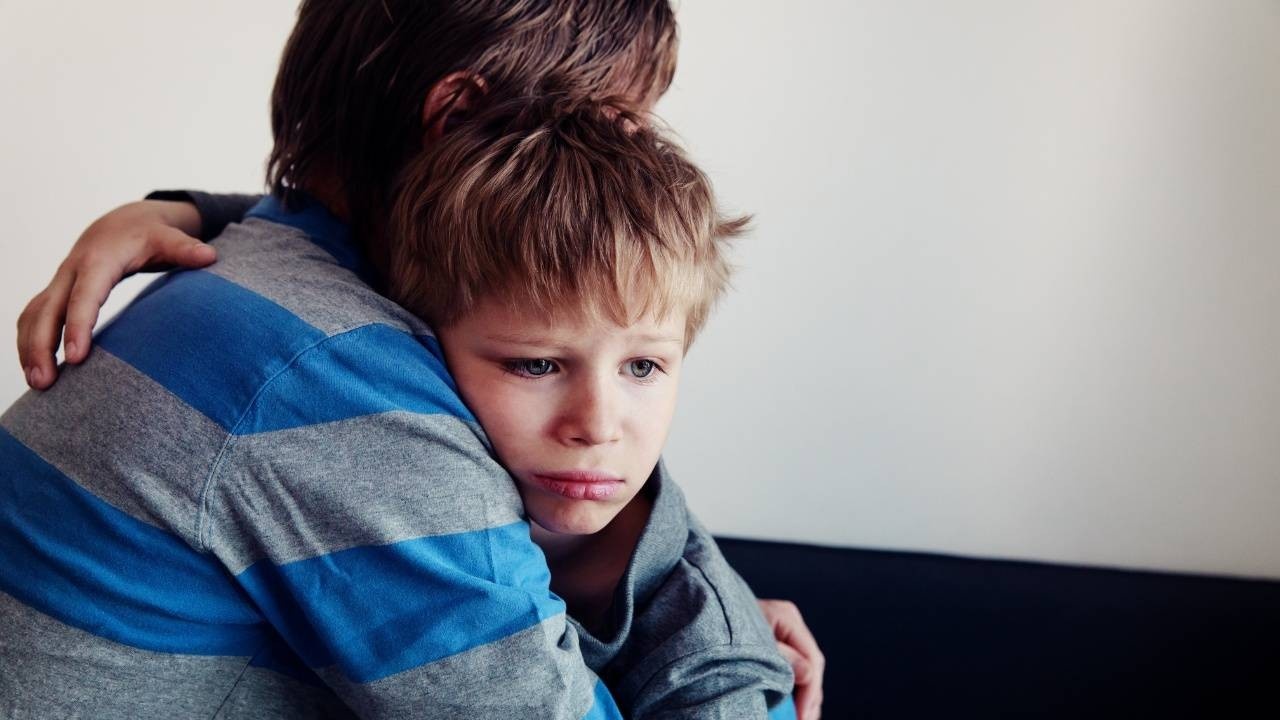Separation Anxiety In Infants and Children

As parents/caregivers, we may/may not be aware that our children go through waves of separation anxiety, especially in the pre-verbal stages. By understanding when and why separation anxiety starts and peaks, we then can be aware and offer support our children while they are moving through these stages.
Separation anxiety is children’s fear of being away from their parents or caregiver. It is a normal emotional stage of development that starts when babies begin to understand that things and people exist even when they're not present – something called "object permanence.“ Children with separation anxiety might cry or cling to their parents or caregiver when being separated from them.
It can be difficult for pre-verbal children to articulate separation anxiety. Our little ones are still growing and discovering new feelings each day, often not knowing the “name” of the feeling so they can “tame it”. As our children become more verbal this often subsides, but temperament will play a key role here.
Separation anxiety peaks at certain ages and is very normal ‘developmentally’. There are also new experiences that often bring forth separation anxiety like on the first day of nursery/school for example. Separation anxiety may look like a temper tantrum, overanalyzing/ overthinking family or their own safety, or trouble sleeping to name a few.
Avoiding separation isn’t the best approach when it comes to improving separation anxiety. We want to gently encourage and empower our children by practicing, role-playing, and helping support children through their separation anxiety.
Theorists in relation to separation anxiety
Jean Piaget: The Father of Object Permanence.Swiss psychologist, jean Piaget, conducted studies to show that object permanence plays an important role in cognitive development.
Donald Woods Winnicott: introduced the concept of “transitional objects” and “transitional experiences” in relevance to a particular development sequence. By “transition” Winnicott means an intermediate developmental phase between the emotional and external reality. In this “transitional space” we can find the “transitional object”
Erik Erikson: Erikson’s psychological theory of development considers the impact of external factors, parents, and society on personality development from childhood to adulthood. According to Erikson’s theory, every person must pass through a series of interrelated stages over the entire life cycle.
Facts about Separation anxiety:
Infants: Separation anxiety develops after a child gains an understanding of object permanence. Once an infant understands a parent has really gone (when they have), it may leave a child feeling unsettled. Although some babies display “object permanence” and separation anxiety as early as 4 – 5 months, most develop more robust separation anxiety at around 9 months. The leave-taking can be worse if an infant is hungry, tired, or not feeling well.
Toddlers: Some toddlers skip separation anxiety in infancy and start demonstrating challenges at 15-18 months of age. Like infant separations, they are more difficult when children are tired or sick. However, there is a very normal developmental component too. As children develop independence during toddlerhood, they may become even more aware of separation. Their behaviours at separation will typically be loud, tearful, and difficult to stop
Pre-schoolers: As children approach 3 years of age, most children clearly understand the effect their anxiety or pleas at separation has on a parent. This does not mean they are not finding the situation stressful. But they are demanding or negotiating for a change – “need over want”. A parent’s ongoing consistency, explanation, and diligence to return and do so accordingly are tantamount to developing a trusting relationship in the parent-child dyad.
In our next blog post we will explore further how you can support your infants and children to ease seperation anxiety.

